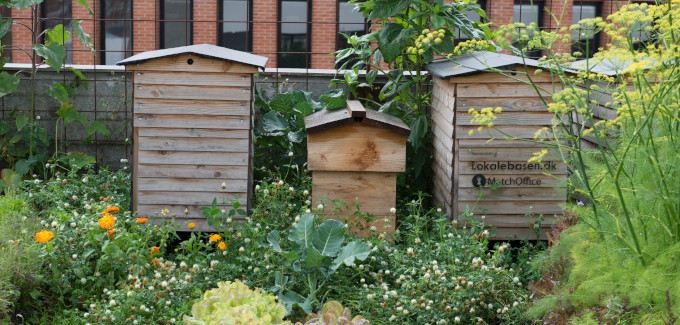
Seen from an environmental social science perspective, cities can be understood as a combined socio-technical and ecological system. That is, the many physical, social and biological infrastructures of cities – roads, pipelines and railroads, parks and green areas, workplaces, schools, businesses and cultural activities – are intertwined, and awareness of these interrelations is a prerequisite for the development of sustainable cities. Hence, the development of sustainable cities relies on the interplay between economic, social and cultural values, people, material resources and organisms residing in or passing through the city.
Some of the questions we work with comprise: How is climate adaptation integrated in planning at the municipal level? What are the costs and benefits of different urban climate adaptation measures? What are the preferences of the population for greening of urban areas? How is the interplay between well-being and nature quality of urban green urban structures? How can a circular resource economy be created between urban and rural areas? How are different modes of transport included in efforts and policies aimed at creating a sustainable urban-mobility, which reflects the diversity of everyday life in cities?
The purpose of this research area is to analyse and to improve our understanding of the interactions between cities and urban populations, systems, policies and environment in order to promote a development towards sustainable cities of high liveability.